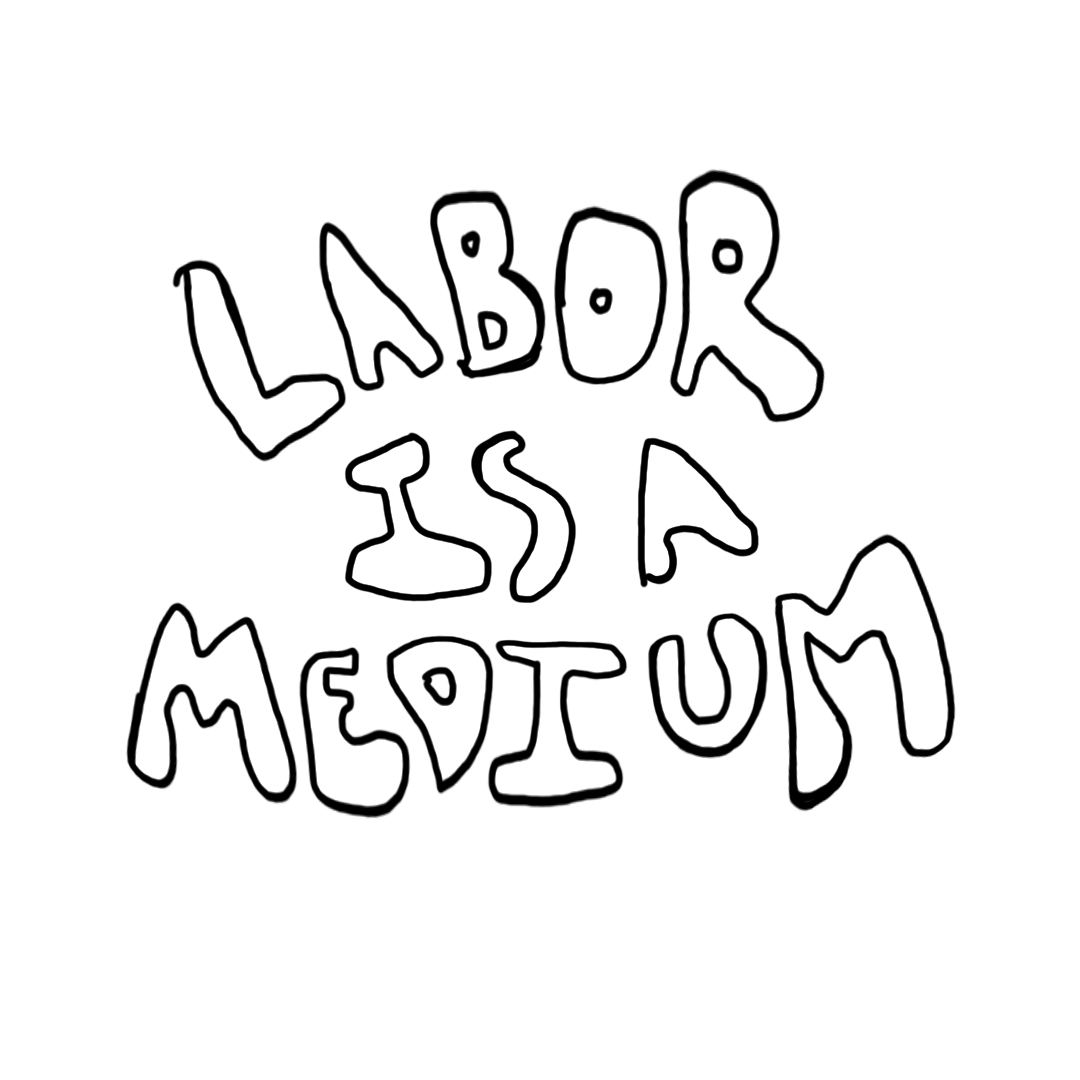

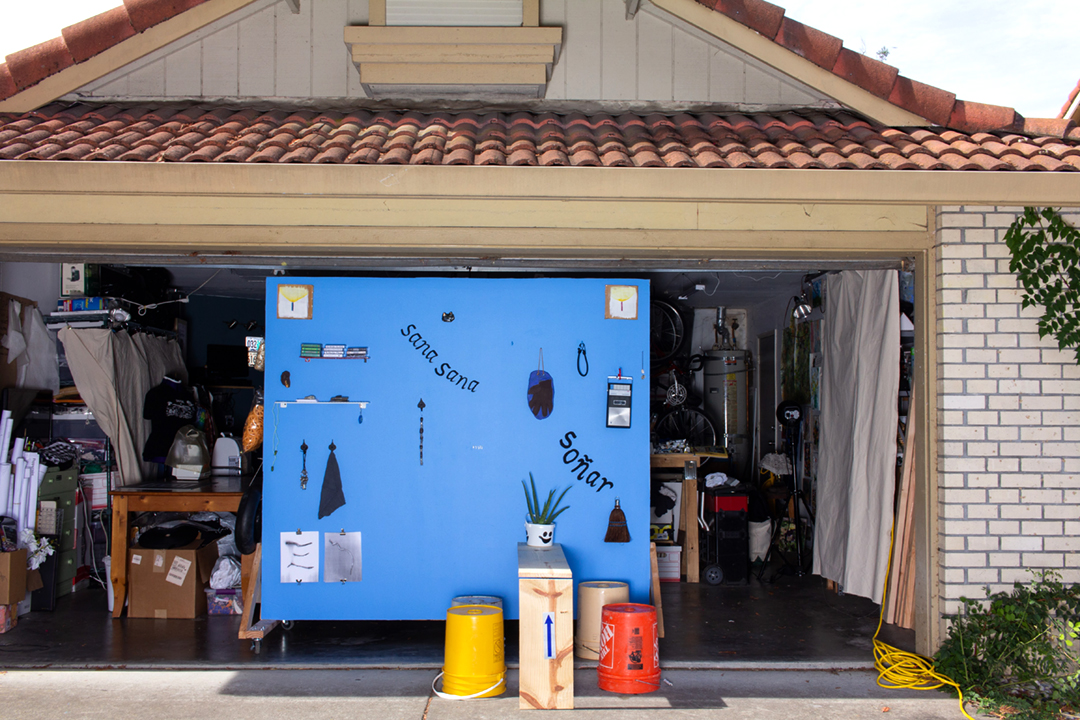
In to dream [in spanish] Jodie Cavalier takes visual cues from Mexican street vendors,
farm laborers, taco trucks, and construction lunch break sites to present a collection
of handmade and altered objects. Tools made from ceramics, brooms, pamphlets, found objects,
toys, and food combine to create a moving sculpture that layers work, home, commerce,
migration, and play into the same space; a space that might make sense as something like
a dream in another language, her ancestors' tongue.
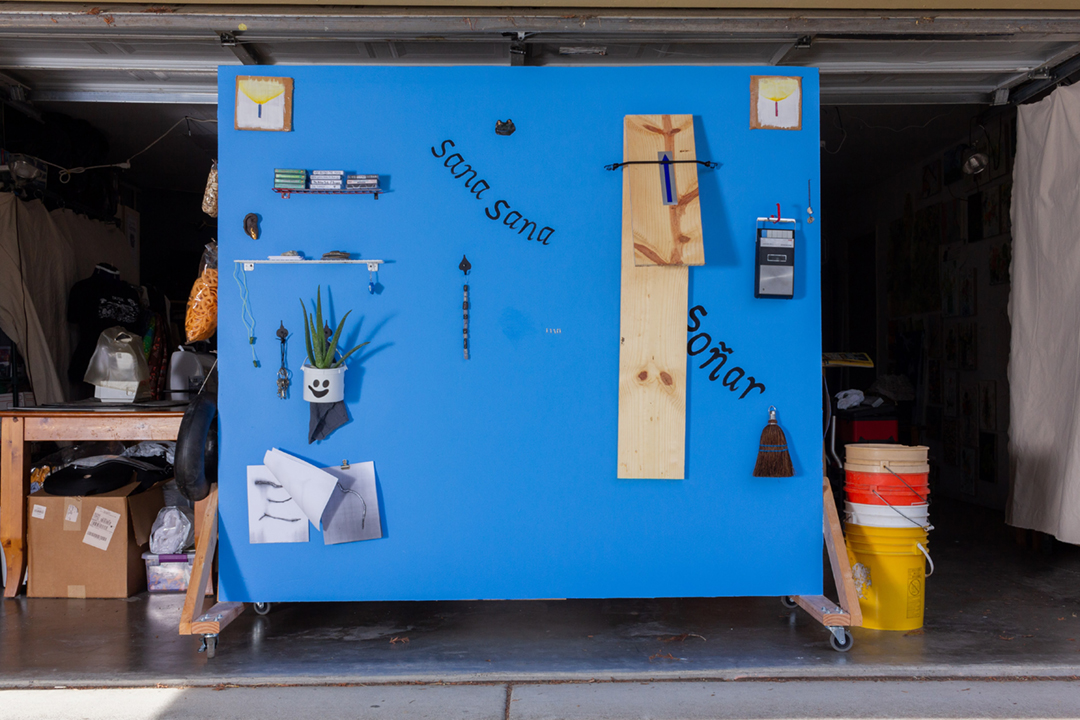

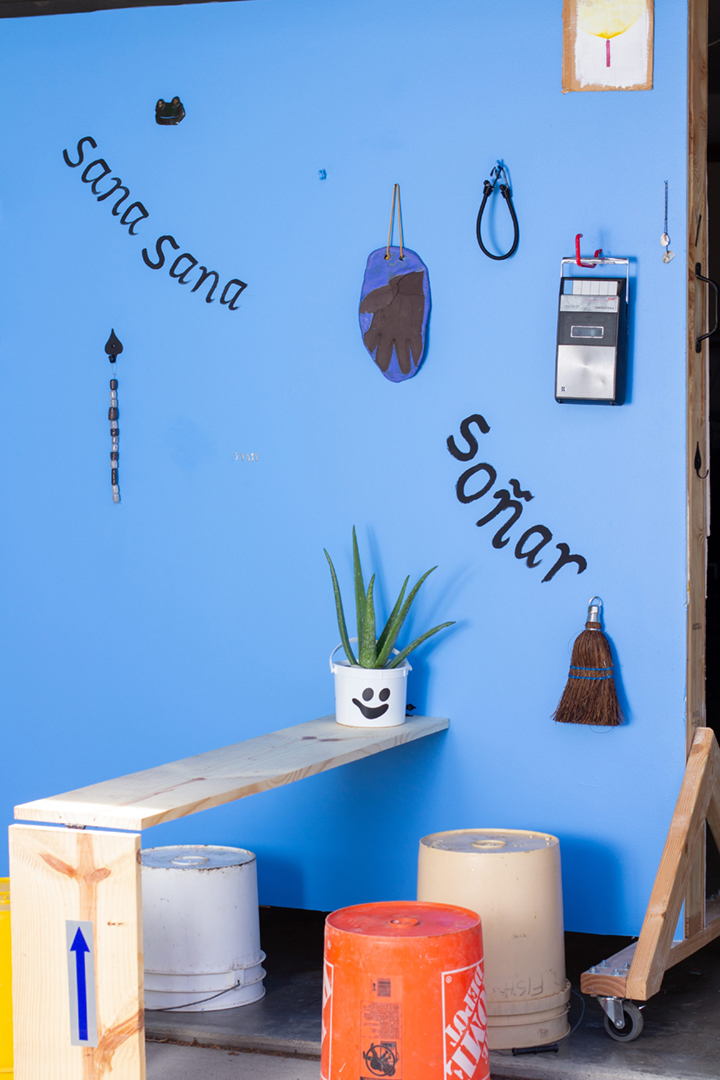
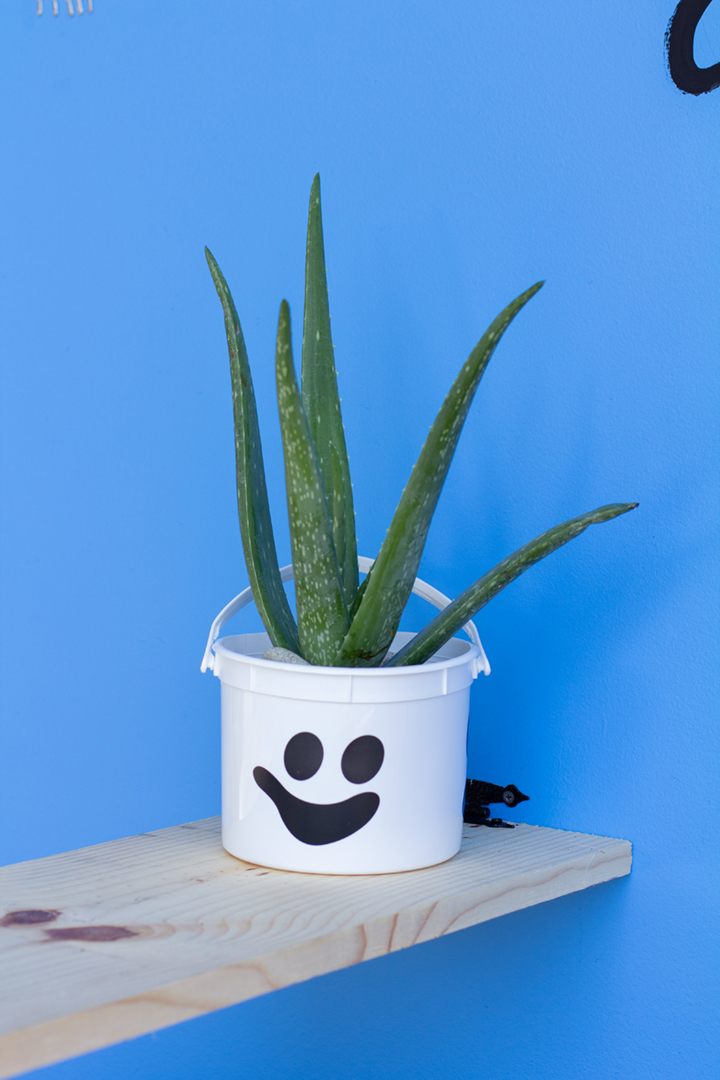
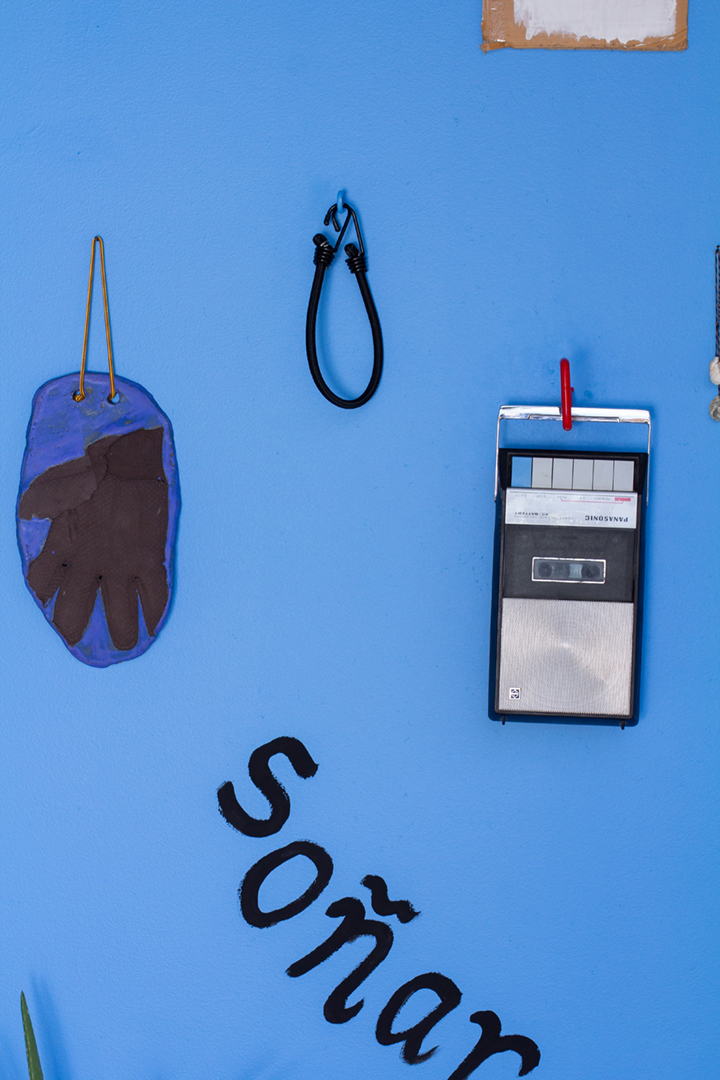
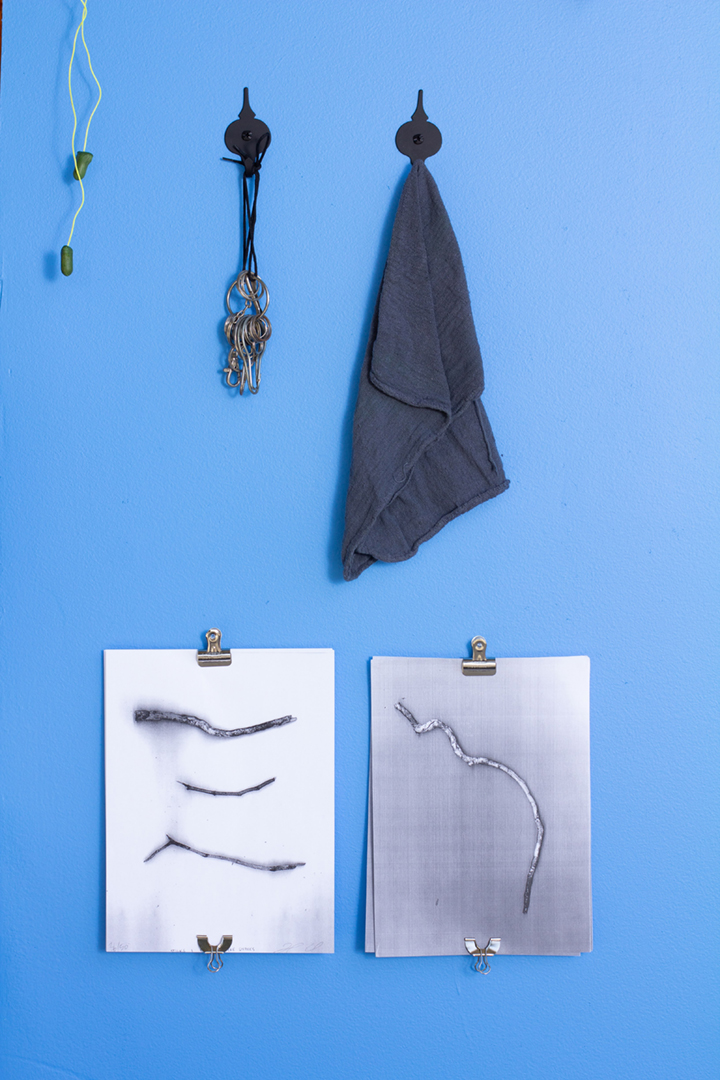
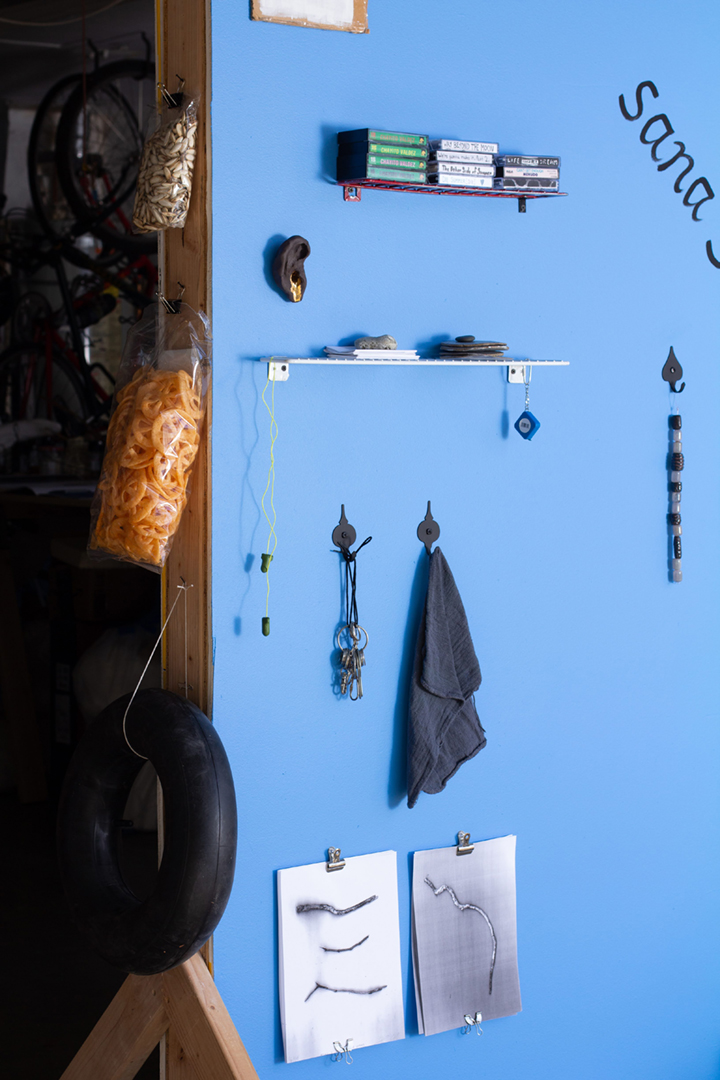
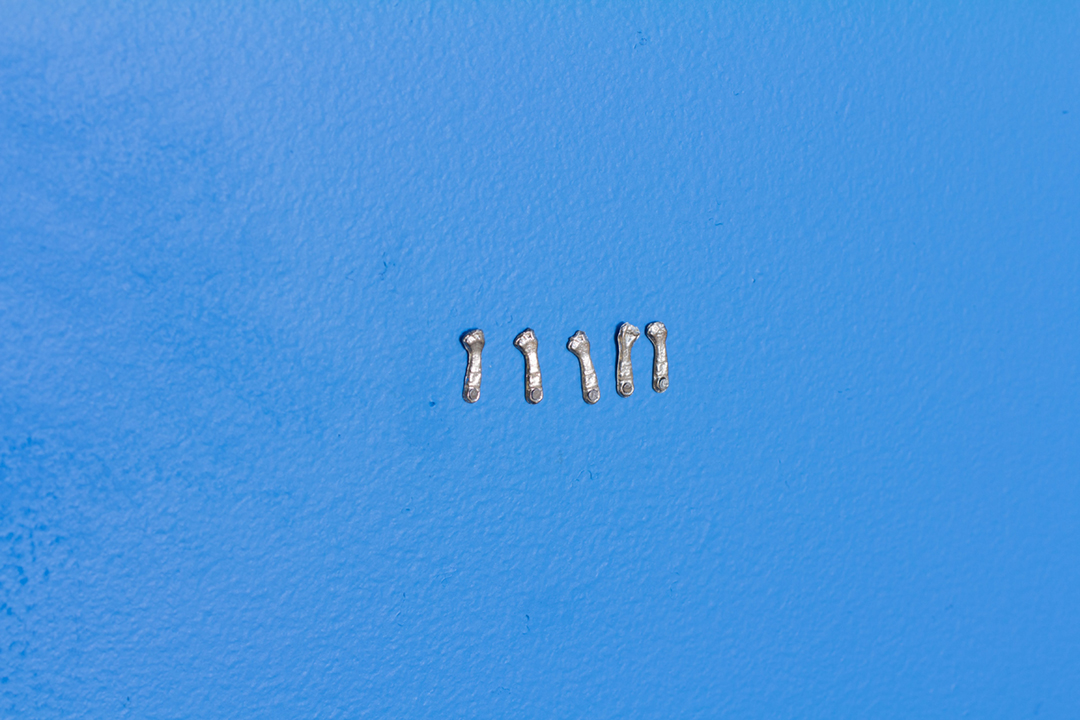
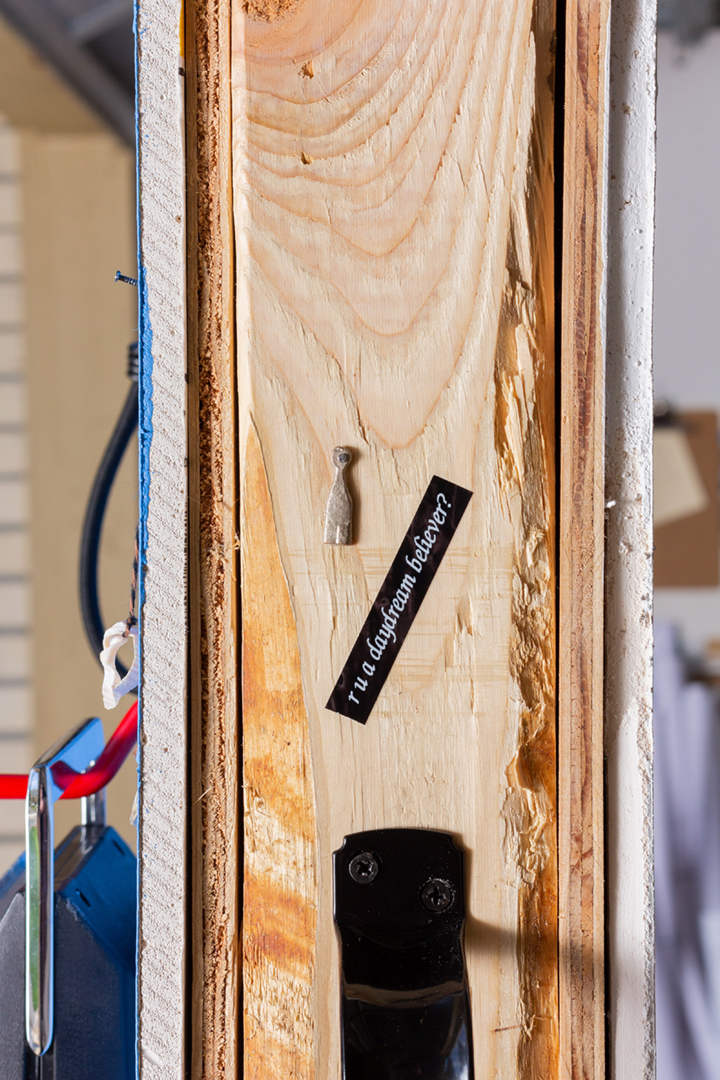
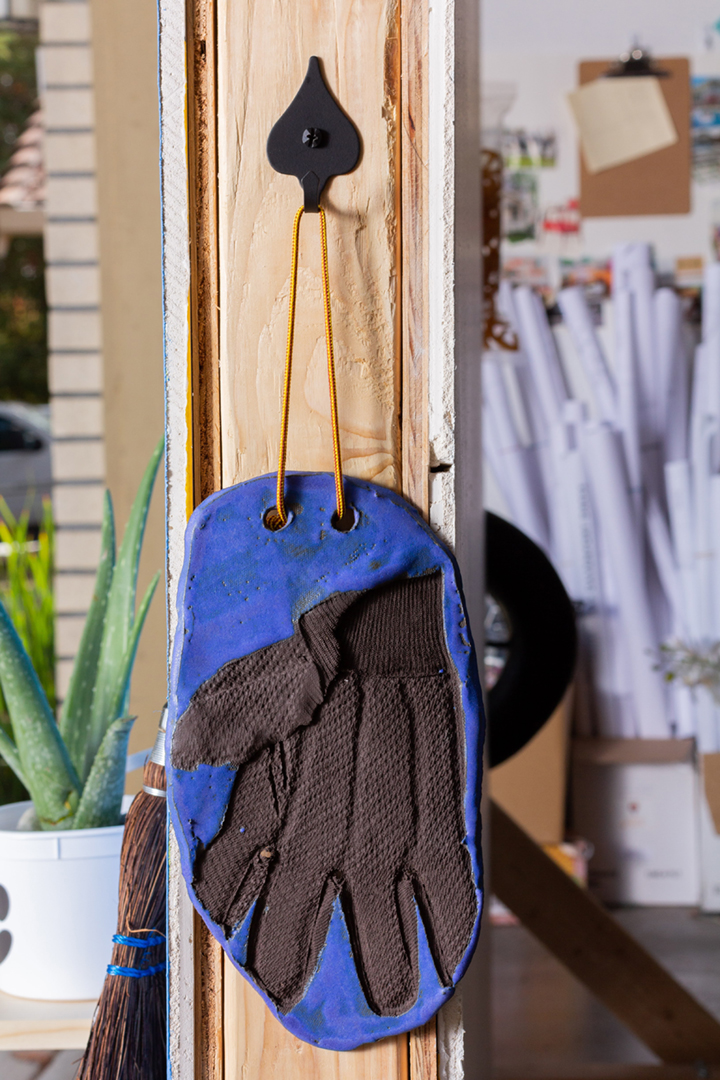
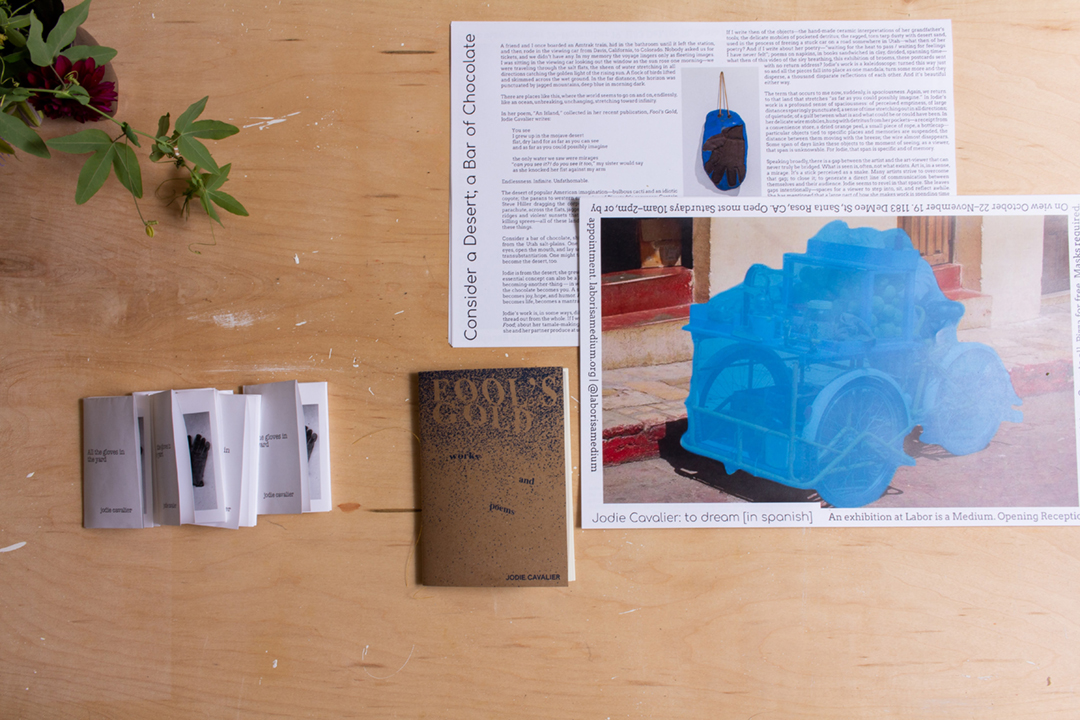
Jodie Cavalier is an artist living in Portland, Oregon. She earned a BA from the University
of California, Berkeley and an MFA from Pacific Northwest College of Art in Portland, Oregon.
Her work has been exhibited with Converge 45's Portland's Monuments & Memorials Project in
Portland, OR; the Schneider Museum in Ashland, OR; the deYoung Museum in San Francisco, CA;
the Pacific Film Archive in Berkeley, CA; CoCA in Seattle, WA; Practice in New York, NY; and
Städelschule in Frankfurt, Germany; among others. She has participated in residencies at ONCA
in Brighton, England; the Center for Land Use Interpretation in Wendover, UT; Wassaic Project
in Wassaic, NY; and AZ West in Joshua Tree, CA.